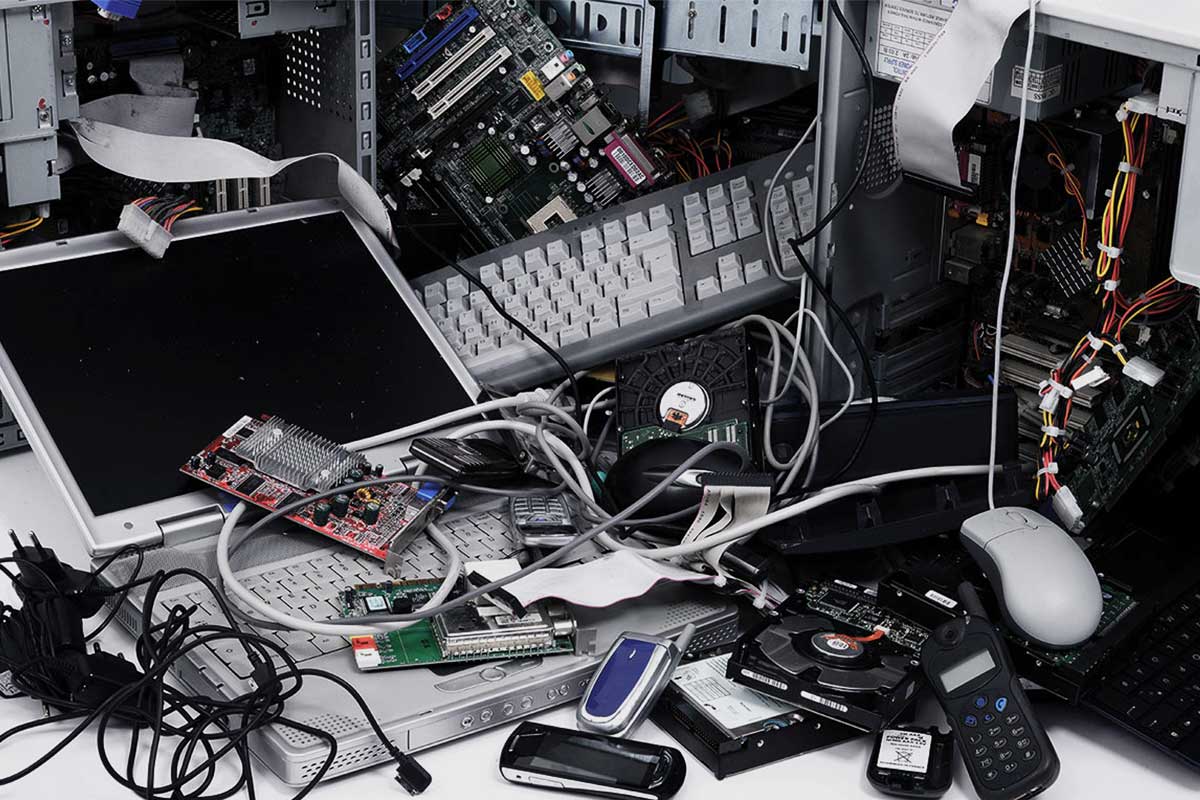Looking to decommission or relocate your office?
By Nathan Church
Posted 8th November 2023
IT office decommissioning is the process of shutting down and removing all IT equipment and data from an office space. This can be done for a variety of reasons, such as when a business is relocating, closing down, or merging with another company.


What is IT office decommissioning?
IT office decommissioning is the process of shutting down and removing all IT equipment and data from an office space including IT asset recovery services. This can be done for a variety of reasons, such as when a business is relocating, closing down, or merging with another company.
IT office decommissioning is an important process that must be done carefully and thoroughly to avoid data loss or security breaches. It is also important to dispose of IT equipment in an environmentally responsible way.
Here are some of the steps involved in IT office decommissioning:

In addition to the above steps, it is also important to communicate with employees about the decommissioning process and to answer any questions they may have. It is also important to update any IT documentation to reflect the changes that have been made.
IT office decommissioning can be a complex process, but it is important to do it carefully and thoroughly to avoid any problems. If you are not sure how to decommission your IT office, you should consult with a qualified IT professional.

What is IT asset recovery and how does it relate to IT office decommissioning?
IT asset recovery is the process of extracting value from IT assets that are no longer in use or needed by a company. This can be done in a variety of ways, including redeployment, refurbishment, resale, donation, and recycling.
IT office decommissioning is the process of shutting down and removing all IT equipment and data from an office space. This can be done for a variety of reasons, such as when a business is relocating, closing down, or merging with another company.
IT asset recovery and IT office decommissioning are closely related. When a business decommissions its office space, it has the opportunity to recover value from its IT assets. This can be done by redeploying assets to other areas of the business, refurbishing them and selling them, or donating them to charities or educational institutions.
IT asset recovery is an important part of IT office decommissioning because it can help businesses to:

When decommissioning an office space, businesses should develop a plan for how they will recover value from their IT assets. This plan should identify the assets that need to be recovered, the best way to recover value from each asset, and the companies or organisations that will be responsible for recovering value.
S2S Group offer IT asset recovery services that can help businesses develop and implement an IT asset recovery program for their office decommissioning needs. It can provide businesses with expertise and resources to ensure that their IT assets are recovered in a compliant and environmentally responsible way.